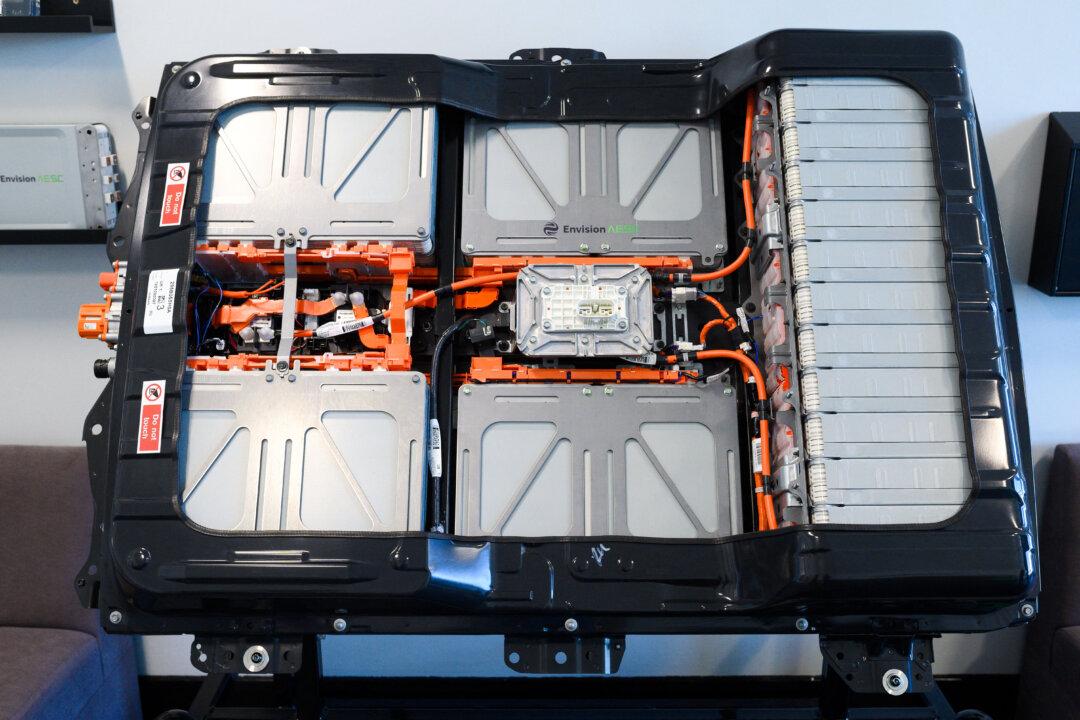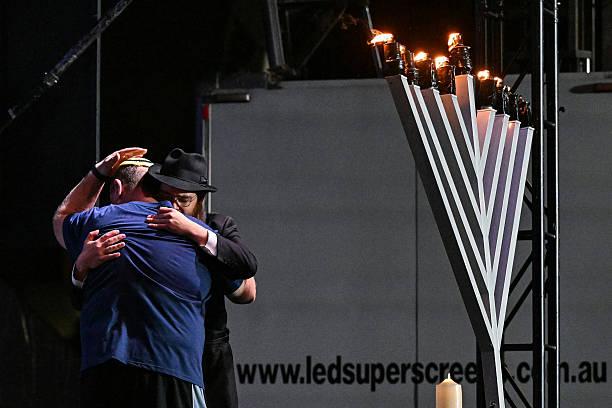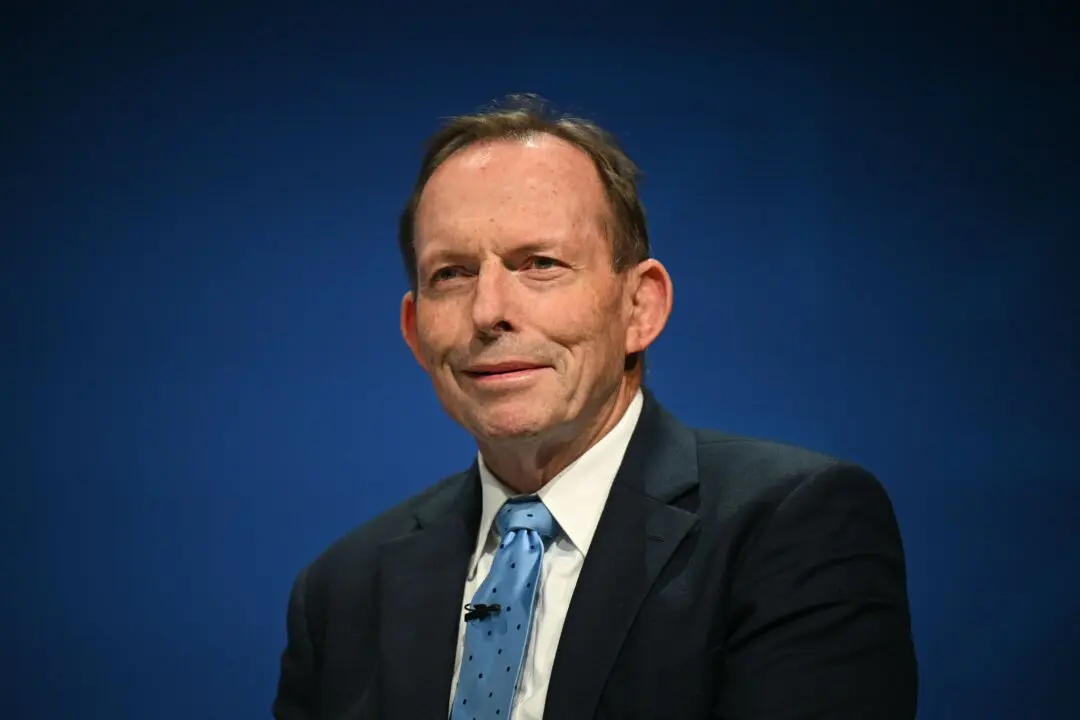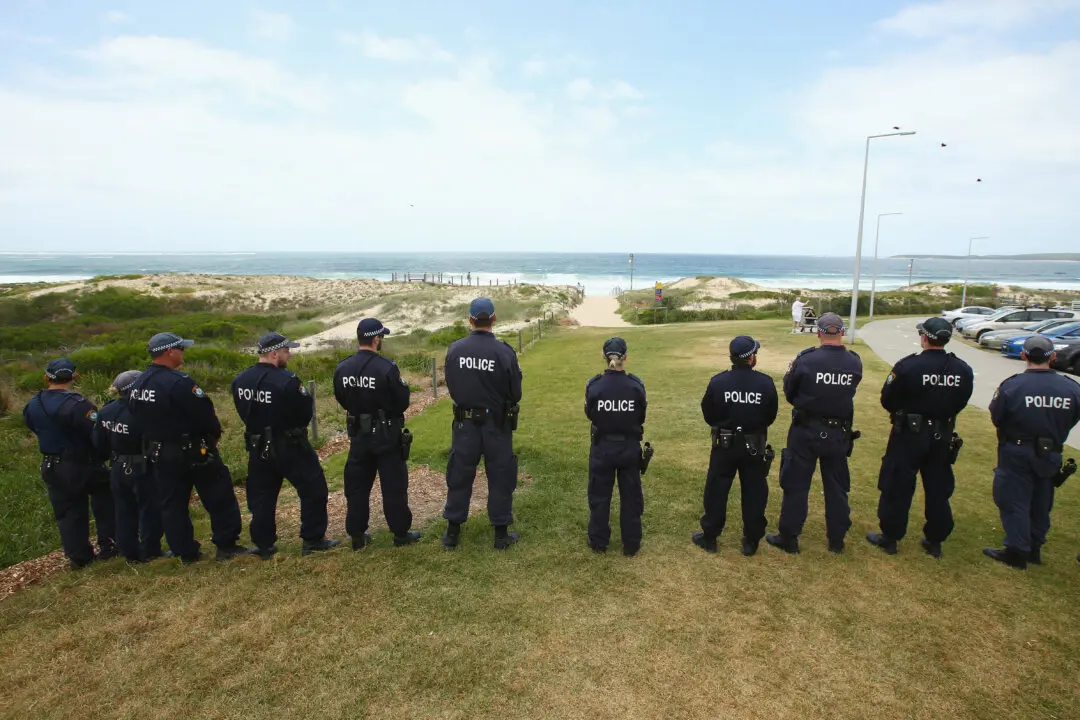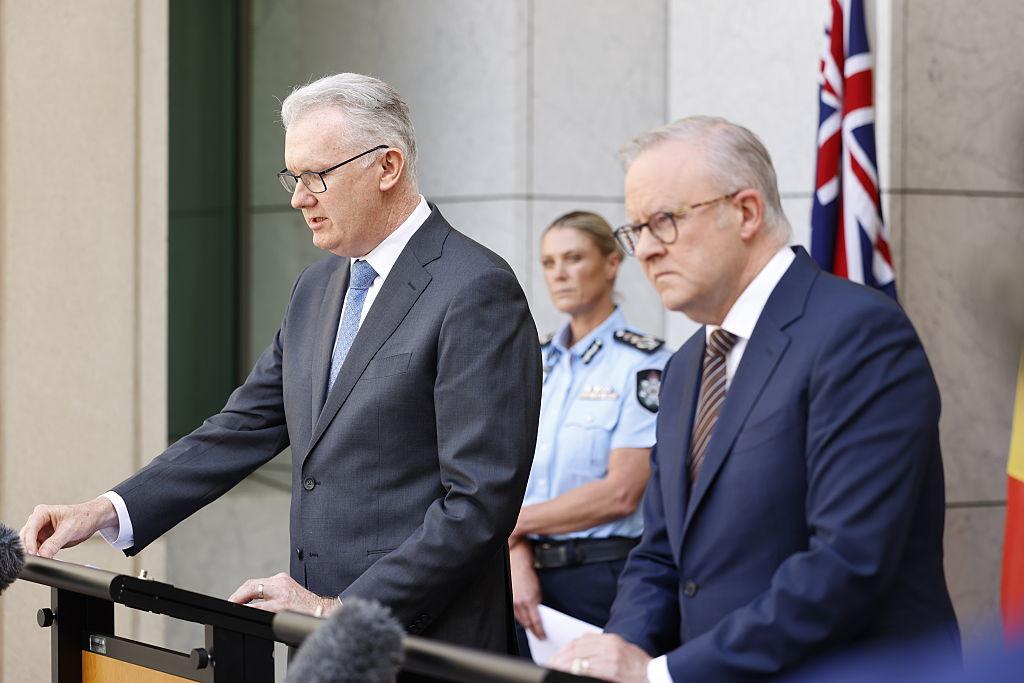Electric vehicle (EV) owners are used to plugging their cars into their houses, but several trials are underway to test whether they can also plug their houses into their cars when needed. The aim is to determine whether vehicle batteries could be energy solutions for “homes of the future.”
The latest is a test of vehicle-to-grid technology by CSIRO, the national science agency, and Essential Energy in Port Macquarie, which is expected to continue until March of next year.
